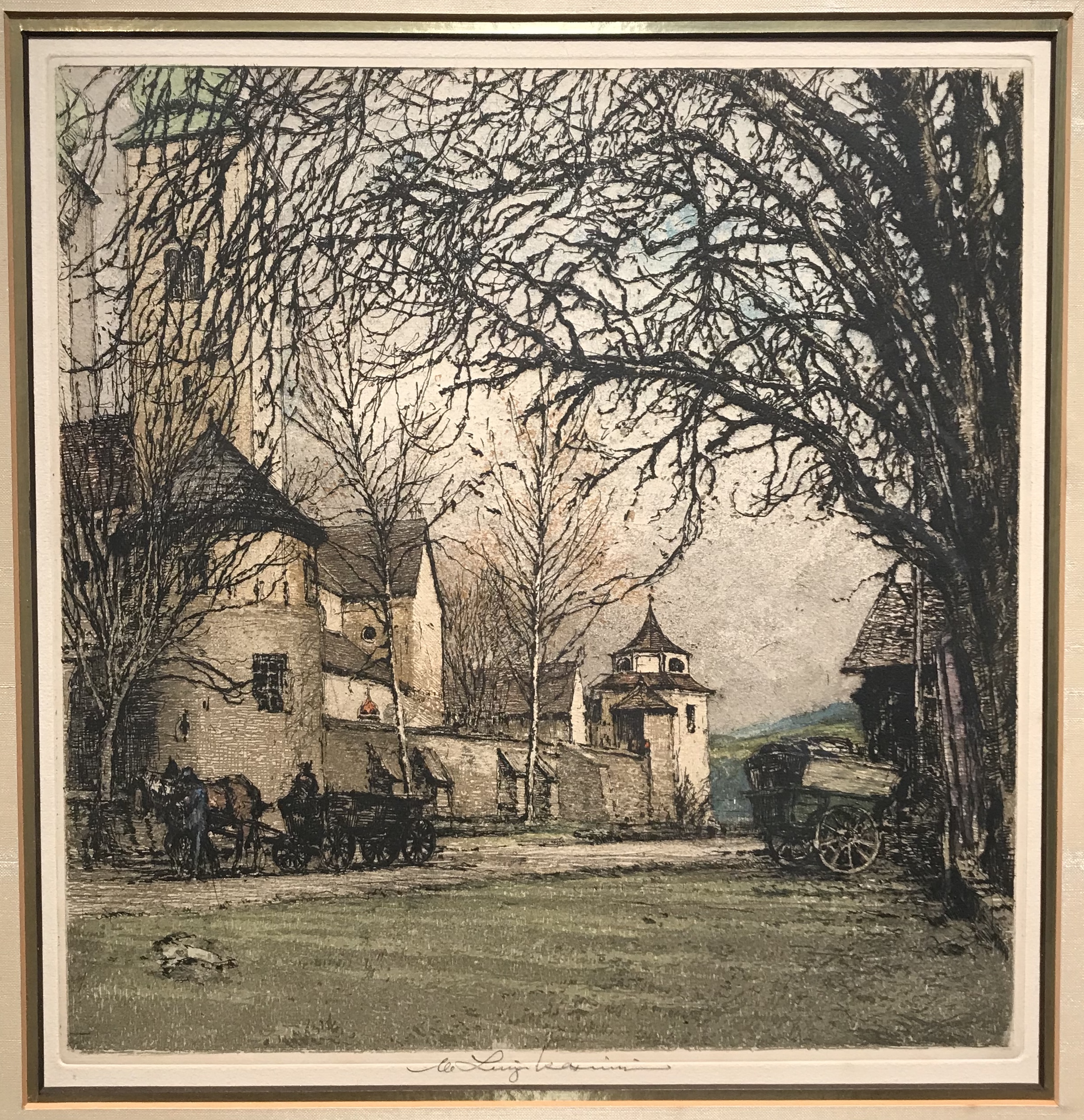In 2016, New York’s Museum of Modern Art (MoMA) opened an exhibition focusing on the monotypes* created by Edgar Degas, adding their acknowledgment to the acceptance of original print making as a legitimate, stand alone art form, worthy of carrying a full exhibition of its own. It was a reminder that an artist, even the most successful of painters, will return to ink, wood, steel, glass and paper to create beautiful and intimate works. While the process may have morphed and grown over the centuries, print making is not a new form of art. I suspect our most revered painters of the past embraced and cherished their body of work known as “prints”.
Always a fan of direct contact prints, we have presented shows in the past, focusing largely on one process or one artist. With this exhibition, we have included a broader base of processes. Included are works from artists who have chosen to make printmaking their primary focus as well as work from artists who are more often identified as painters. Whether historical or contemporary, etching or monotype, ink or paint, intaglio or relief, there is a common factor.
For years I have struggled with the phenomenon of why work on paper (excluding watercolor) is often viewed as less significant as work on canvas by the same artist. As if, somehow, the “print” requires less attention to composition, color, medium or the consideration of creating spatial relationships. An argument could be made that adding so many optional elements via the nature of the process itself actually complicates getting the vision from artist to paper.
Consider that the paper itself becomes an element to be considered in the finished work. Rice paper tooth is very different from a heavier pressed paper. Each receives ink differently – changing the light, color and density of the ink. Tools along with experimentation of materials impact the final work. Does the artist want focus on the drawing as in dry point, or textural tone from the aquatint? Why choose spray paint over rosin to create tone or use a sugar lift technique so the etching looks more painterly than etched? The monotype artist must anticipate how moving ink on glass differs from applying it to canvas. How adding
certain elements to the ink cause different effects on the surface – which effects are worthy of keeping and which interfere? The type of wood adds an element that requires consideration by the wood block printer. Each print maker makes these decisions and creates work that is unique to their touch, their process and their vision….no different than the elements used for painting. There is a relationship with the artist, a connection. No sense of detachment as in a mechanical process (reproduction).
I have feared of losing the respect for and understanding of the value print making brings. I worried it was being lost to our new immediacy needs and socially reliant art making. Recently, I have had opportunities for conversation about those concerns and am grateful to hear that the appreciation for this form of art is far from forgotten.
If we have done our work as we hoped, you will look at this exhibition with an additional sense of interpretation. You will see them not just as pretty images to look at, but with a better understanding of why they are not a reproduction, but an original piece of work.
Joyce Graham Heberlein, Director**
Lancaster Galleries
*For a description of the various prints and print processes please see the posting in the gallery. For a short artist biography and their works included in the show please see the notebook at the gallery counter.
**The exhibitions at Lancaster Galleries are a result of the efforts of an incredible team of our artists and staff members. Without a consensus of vision and execution, we would not be Lancaster Galleries .

